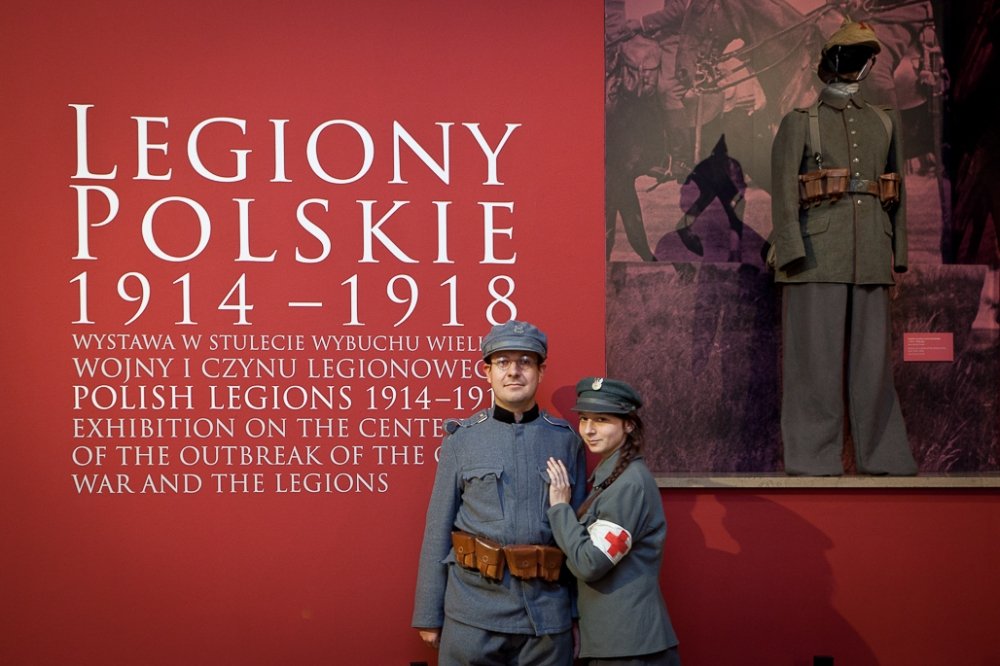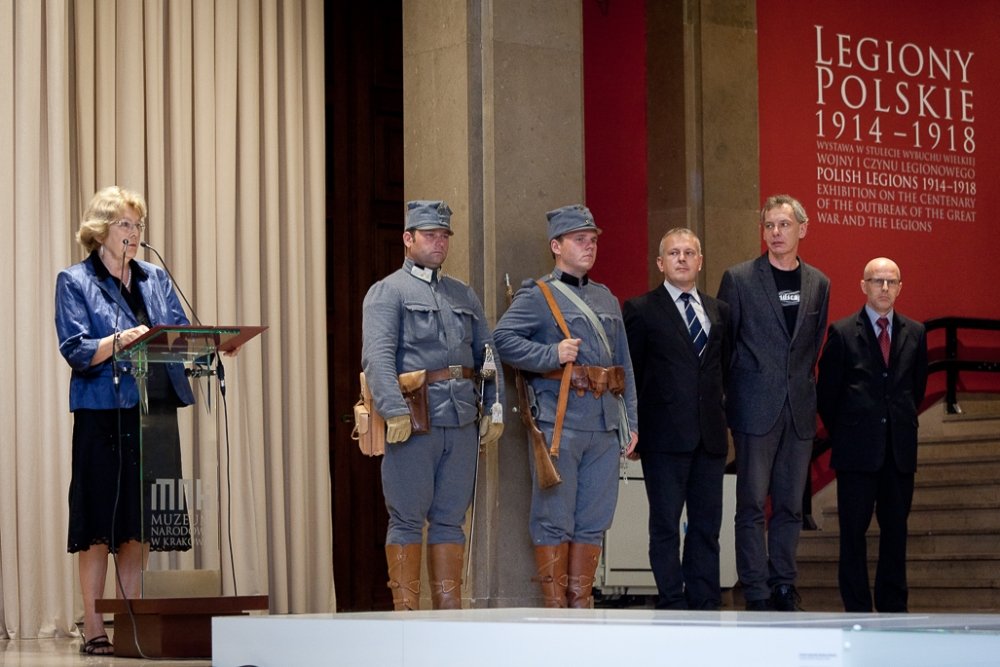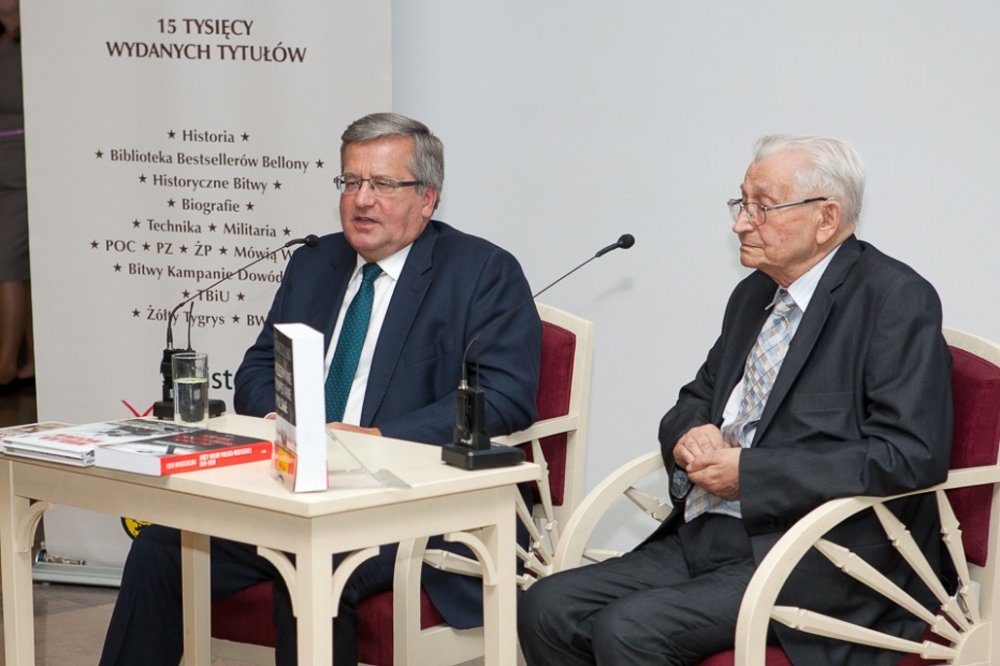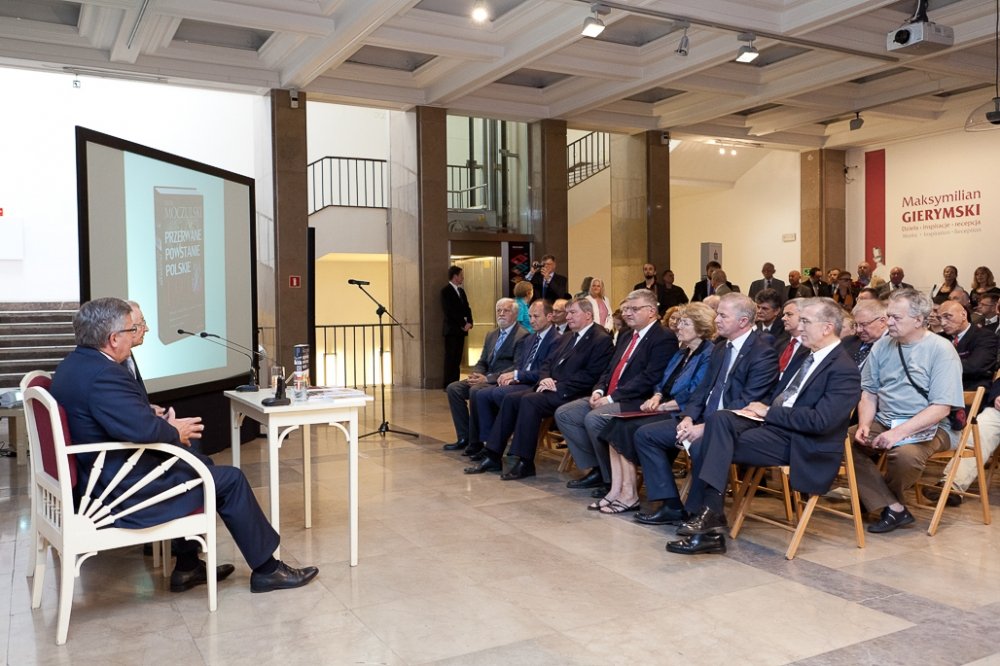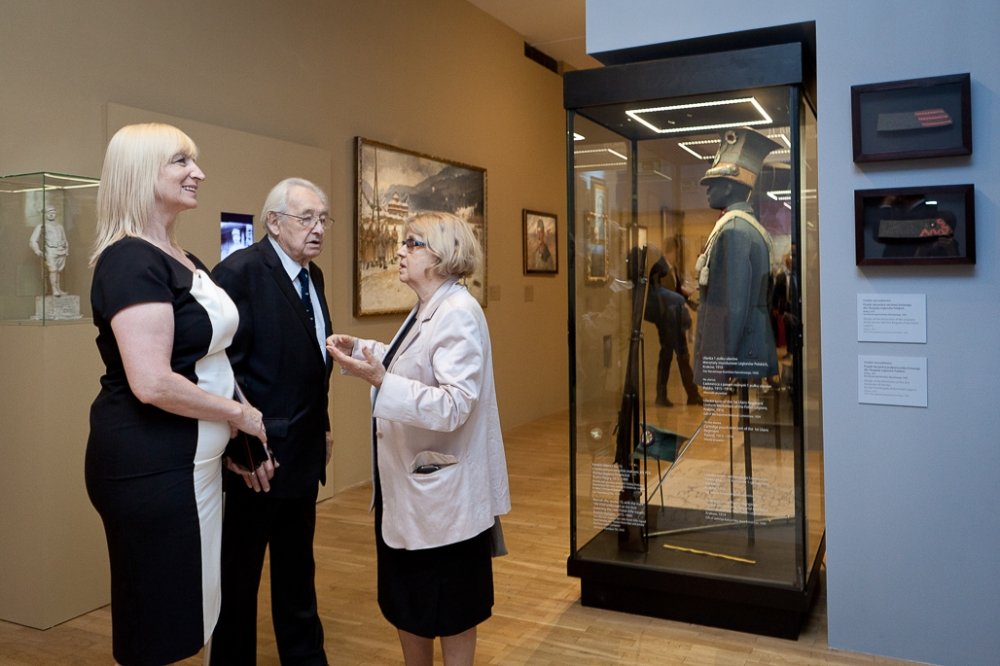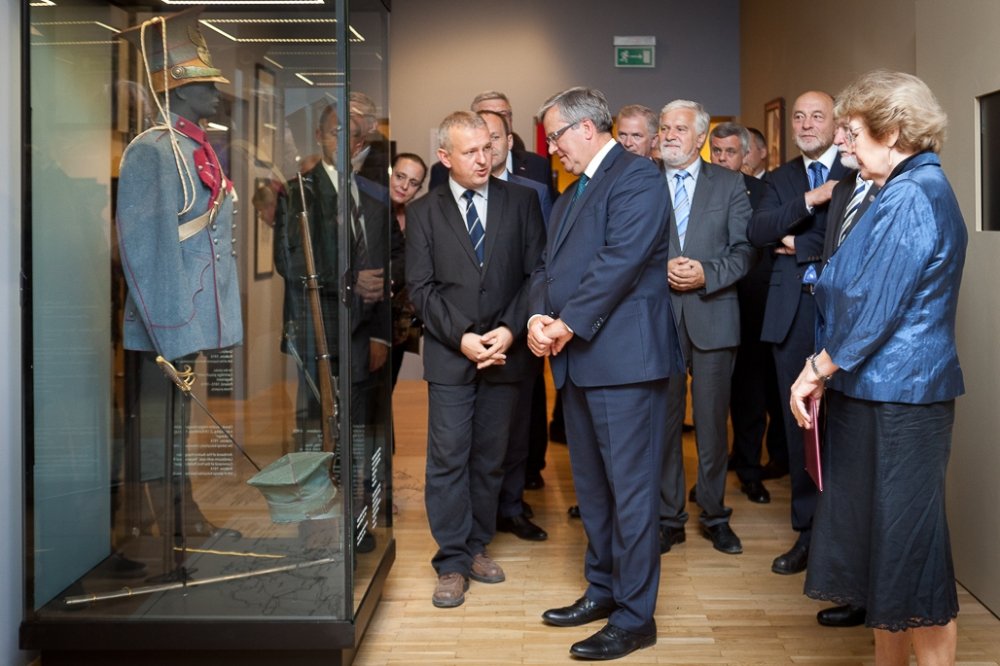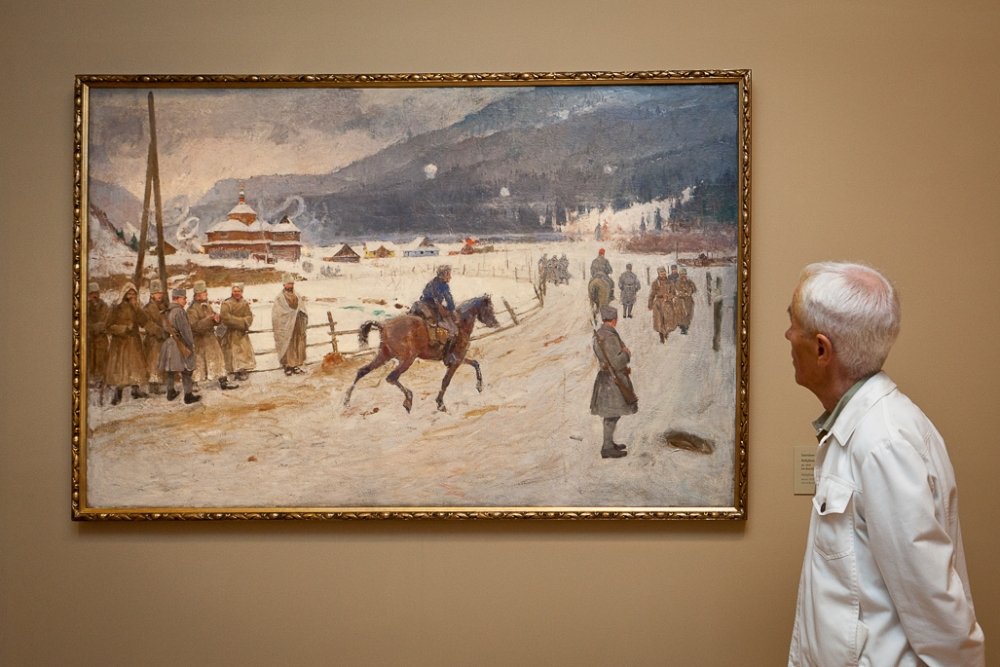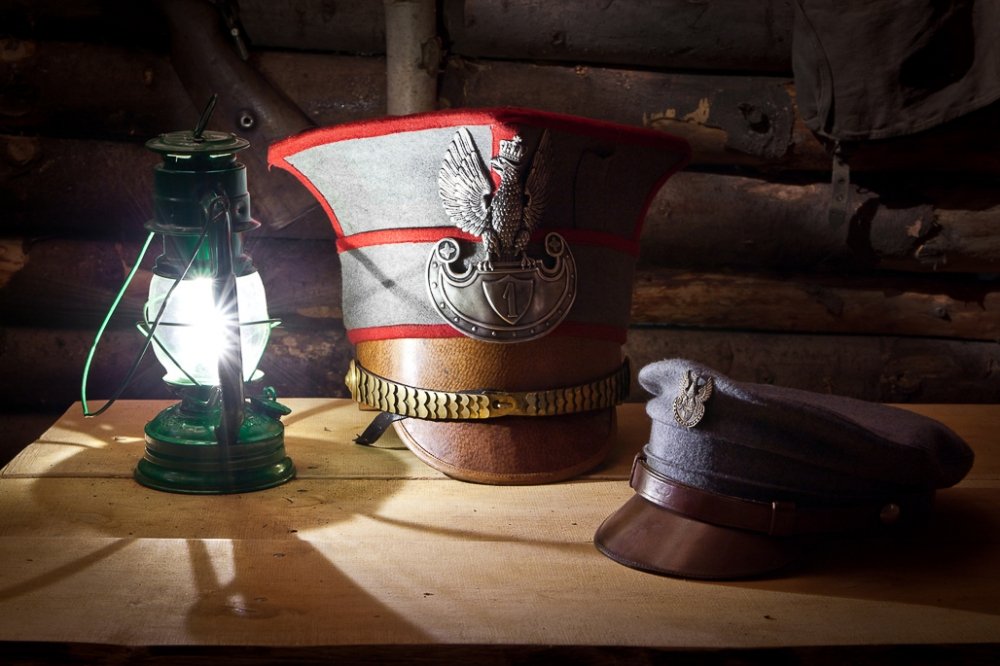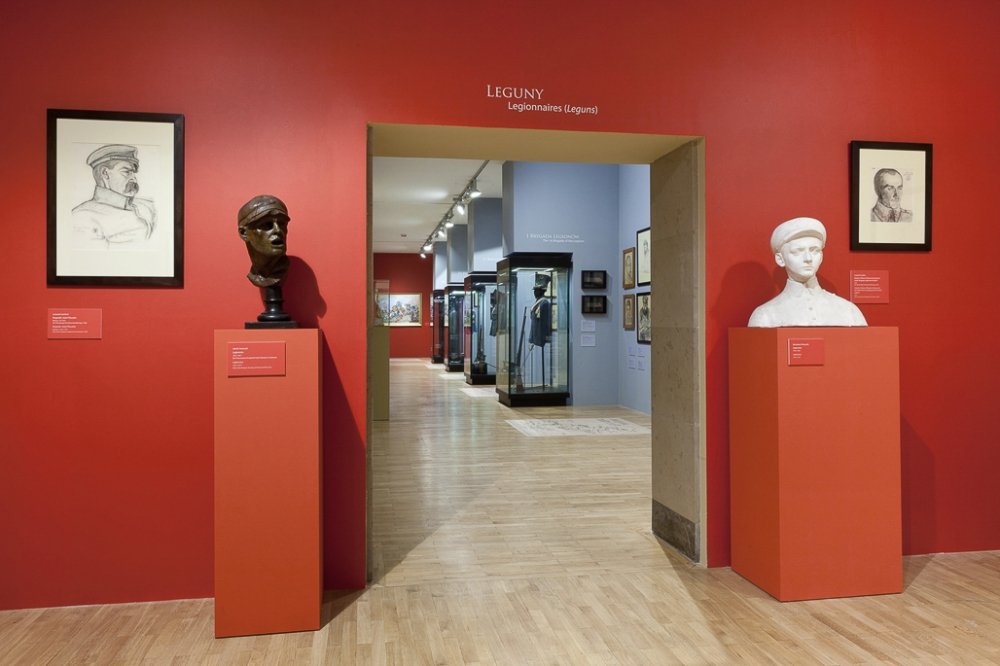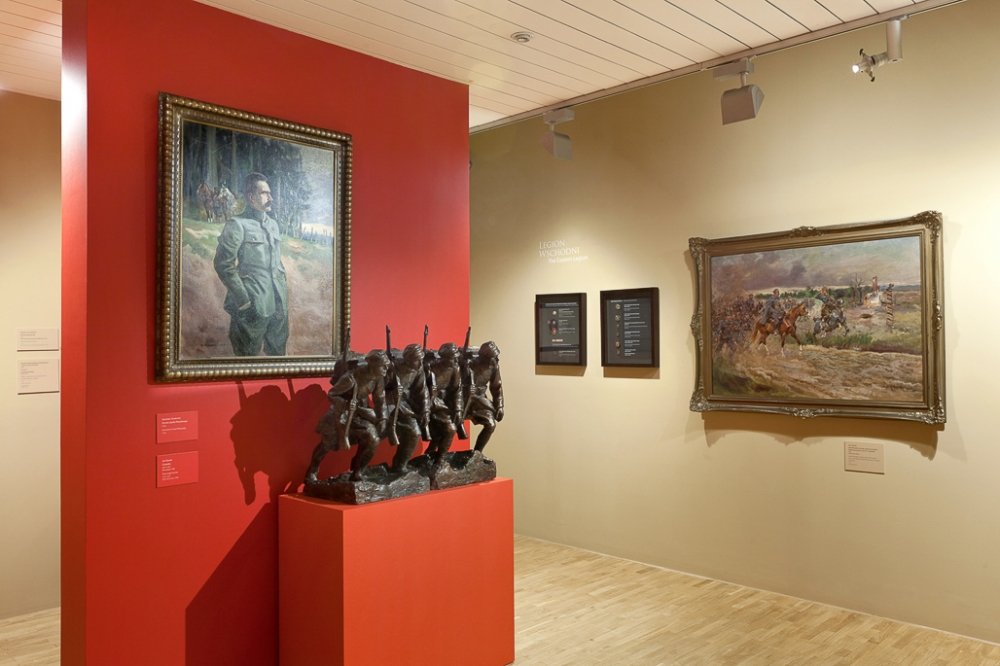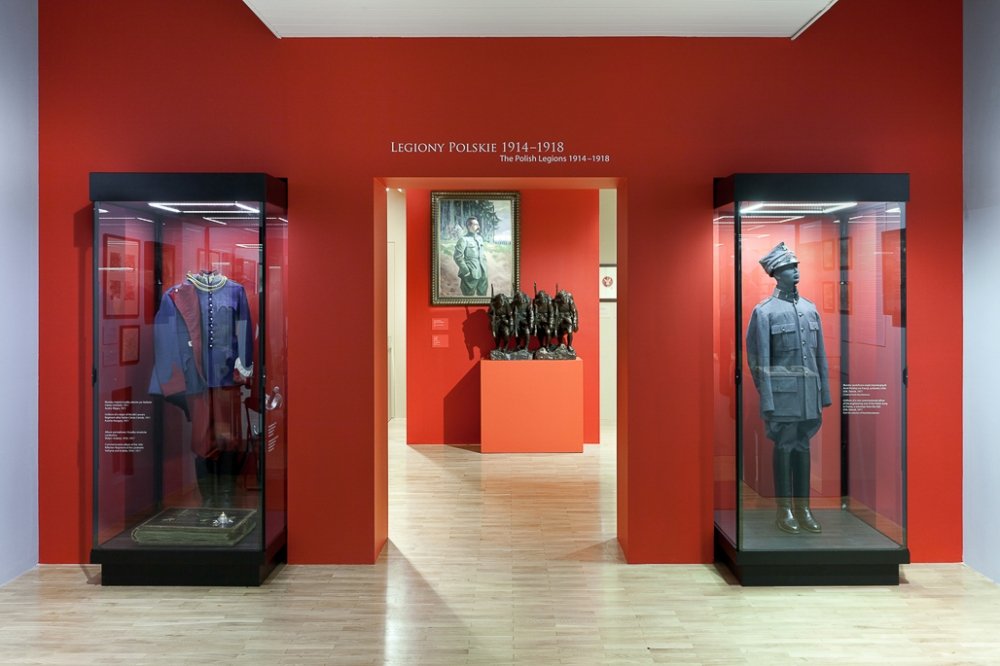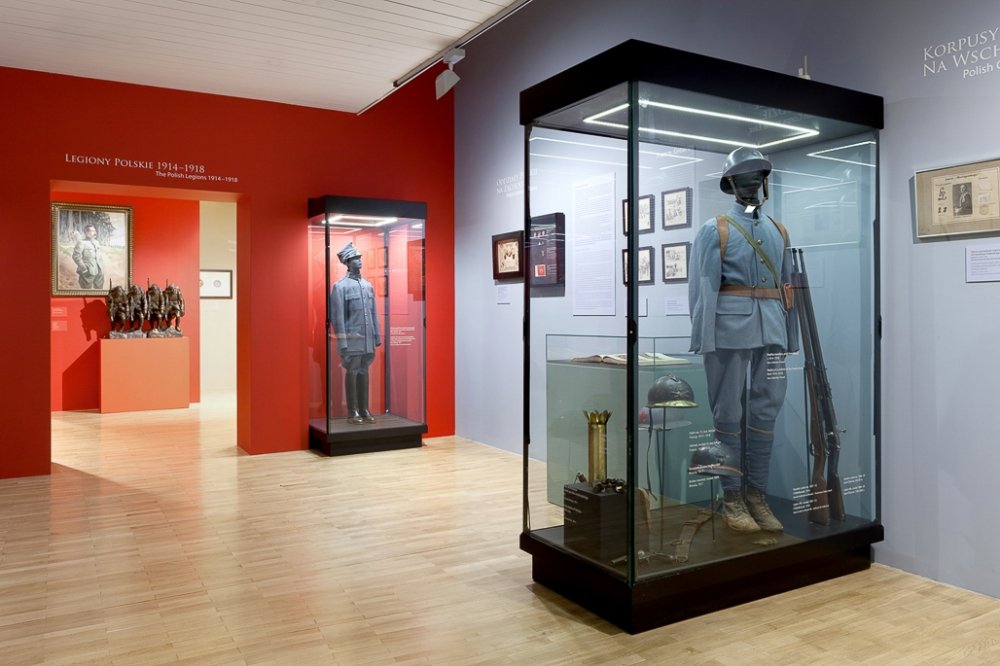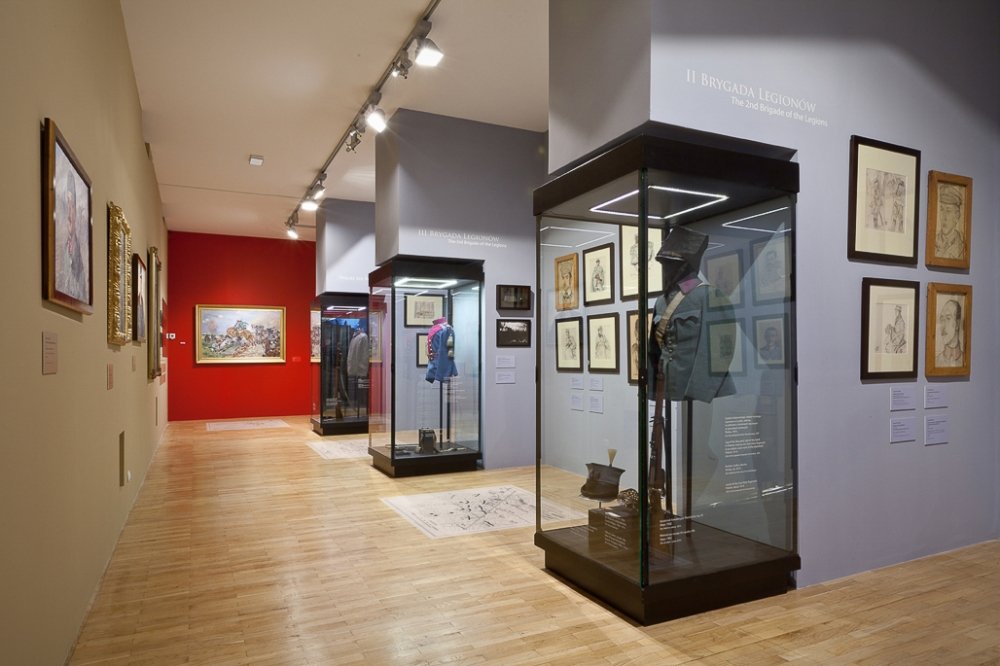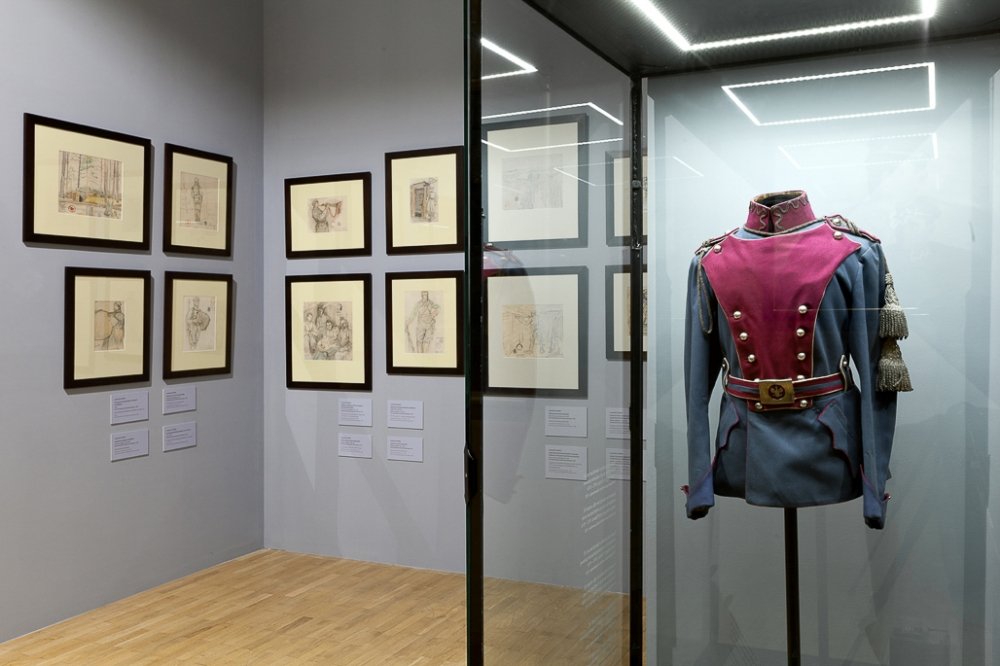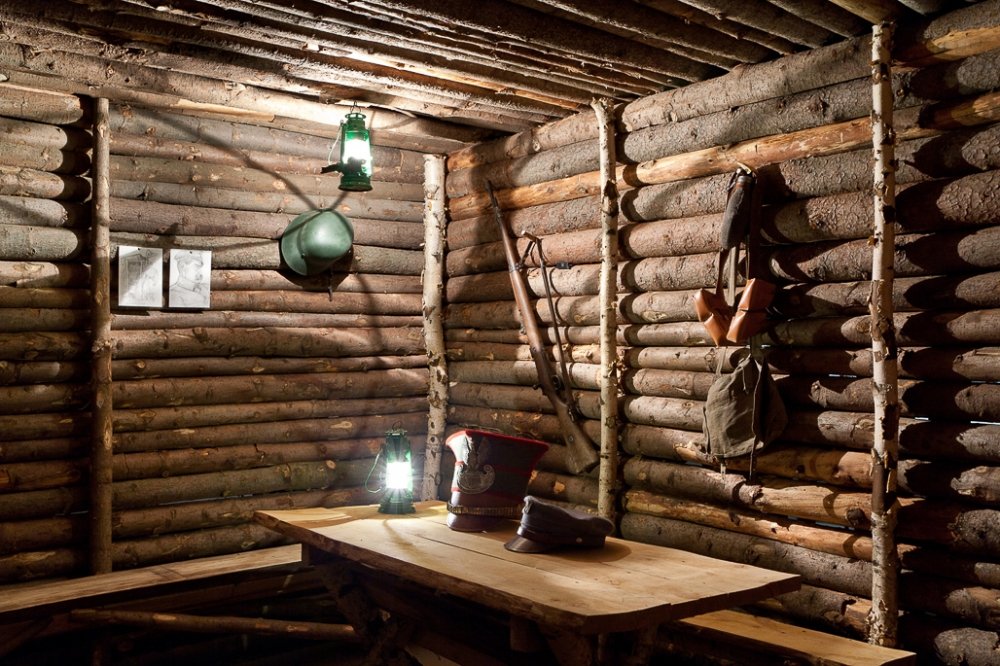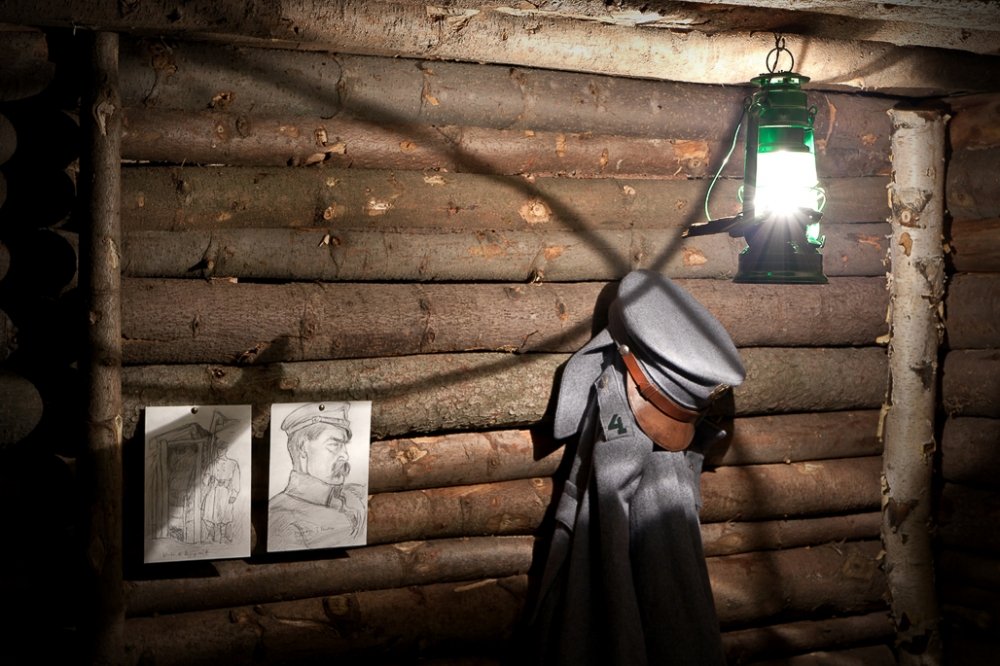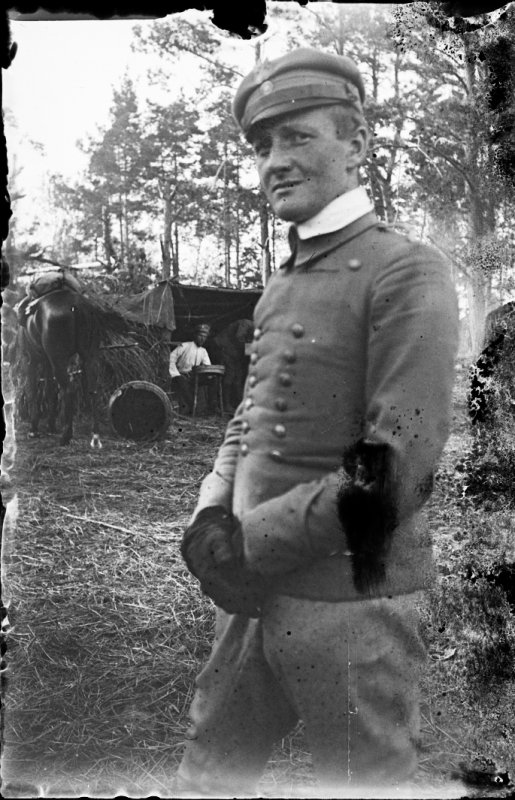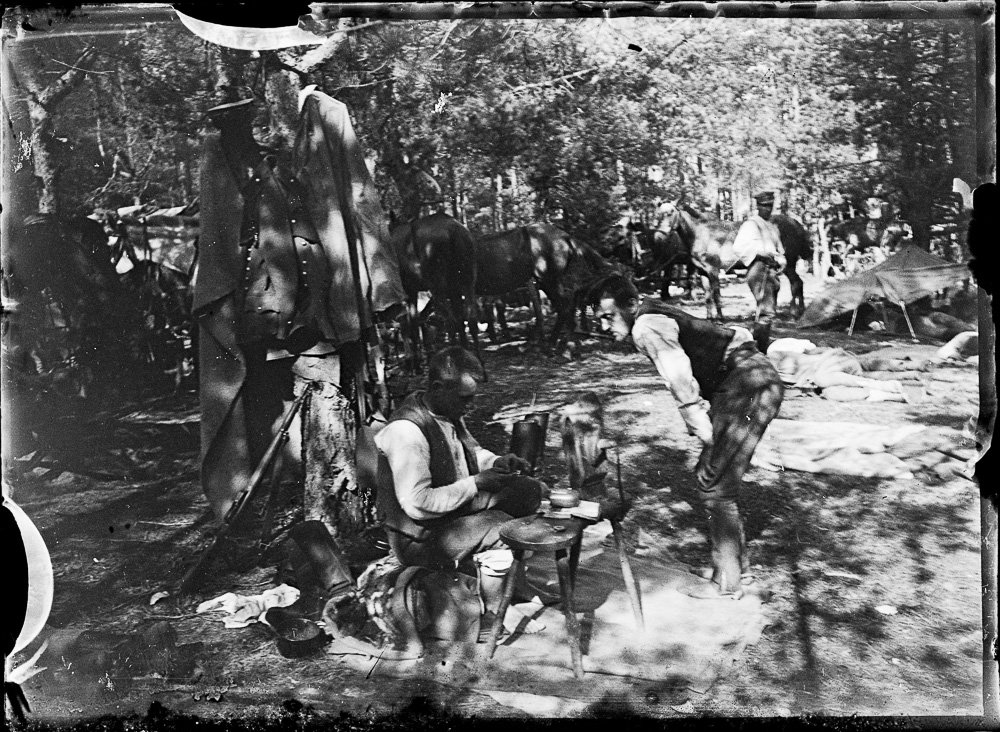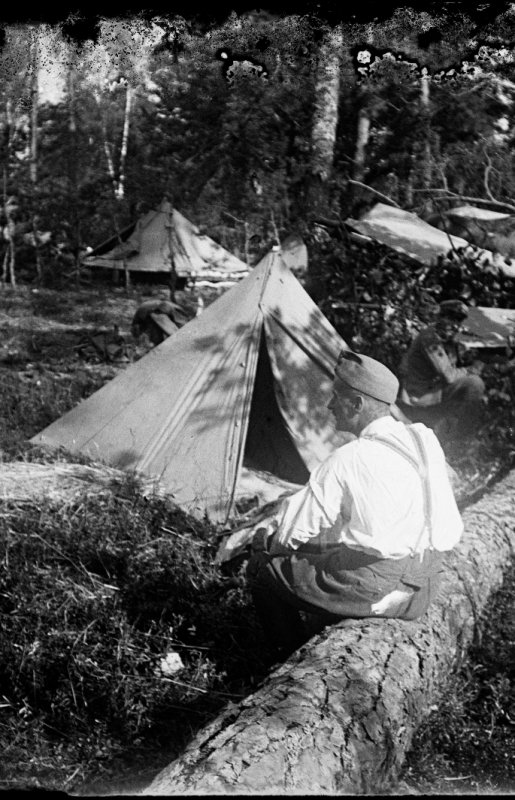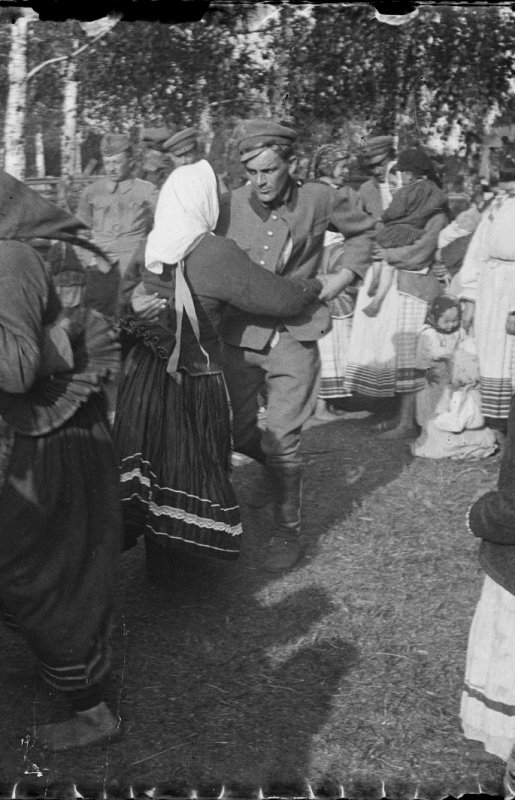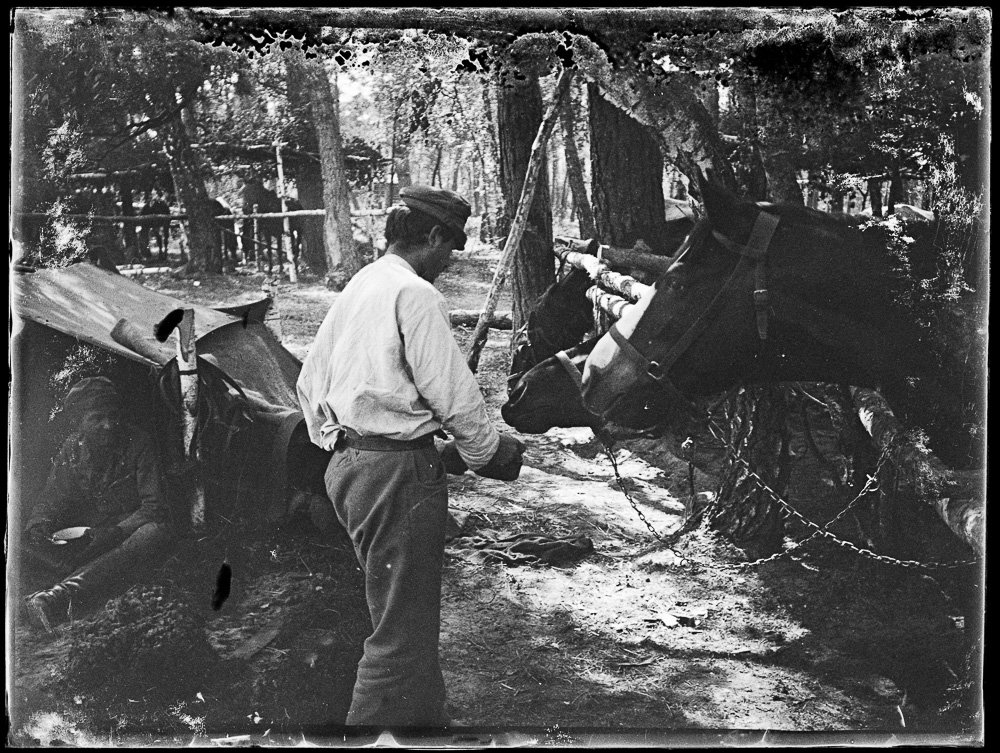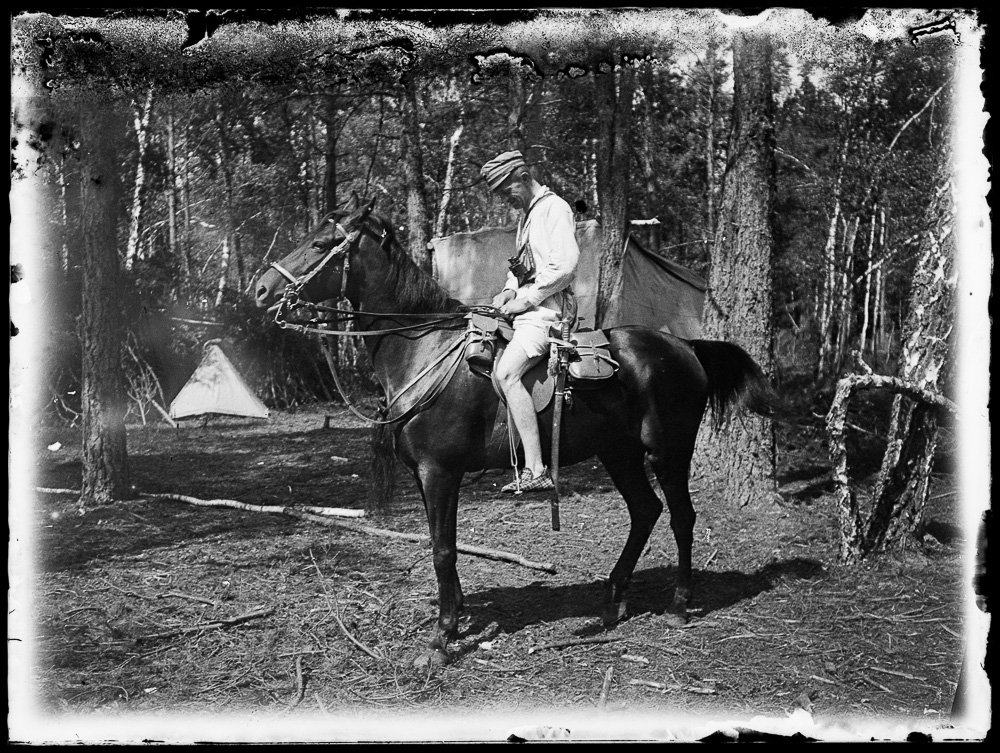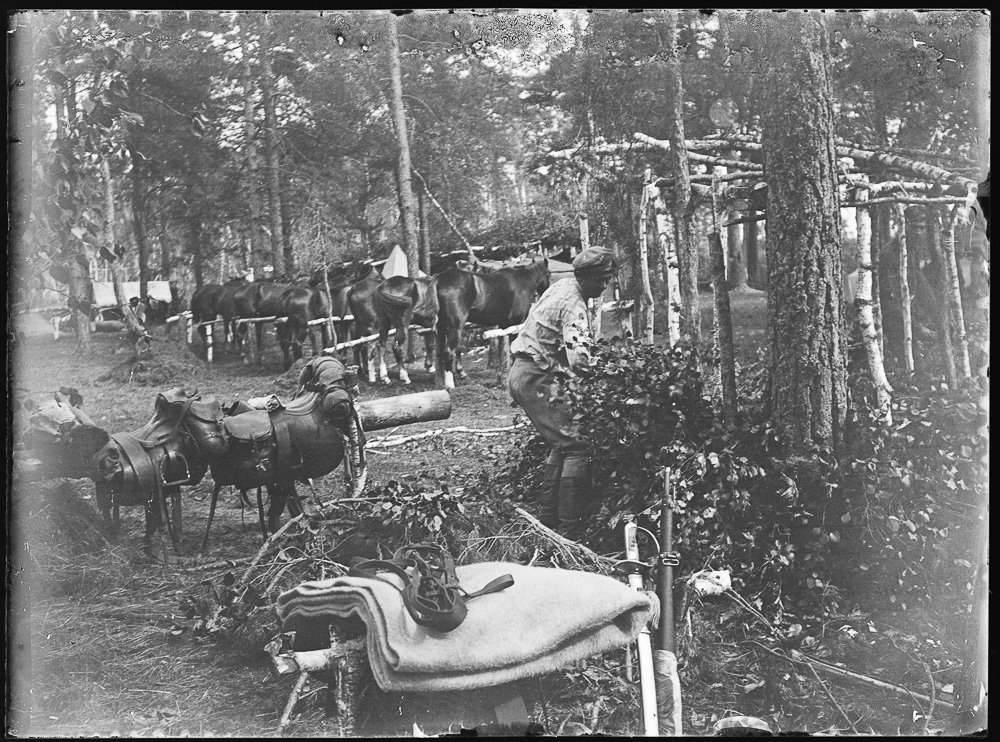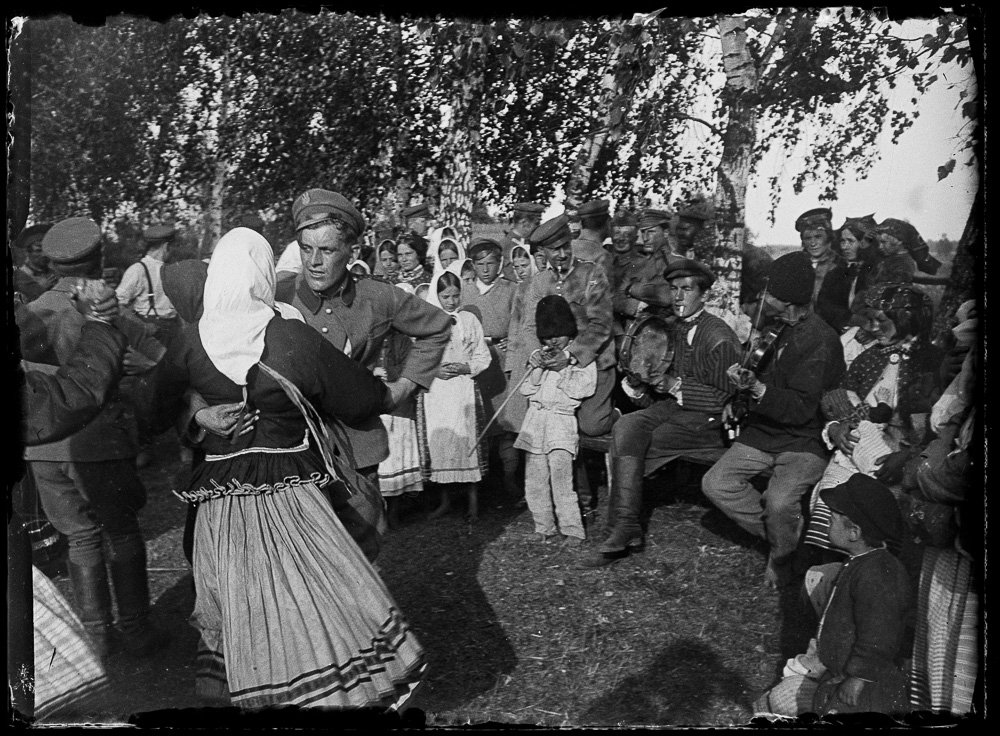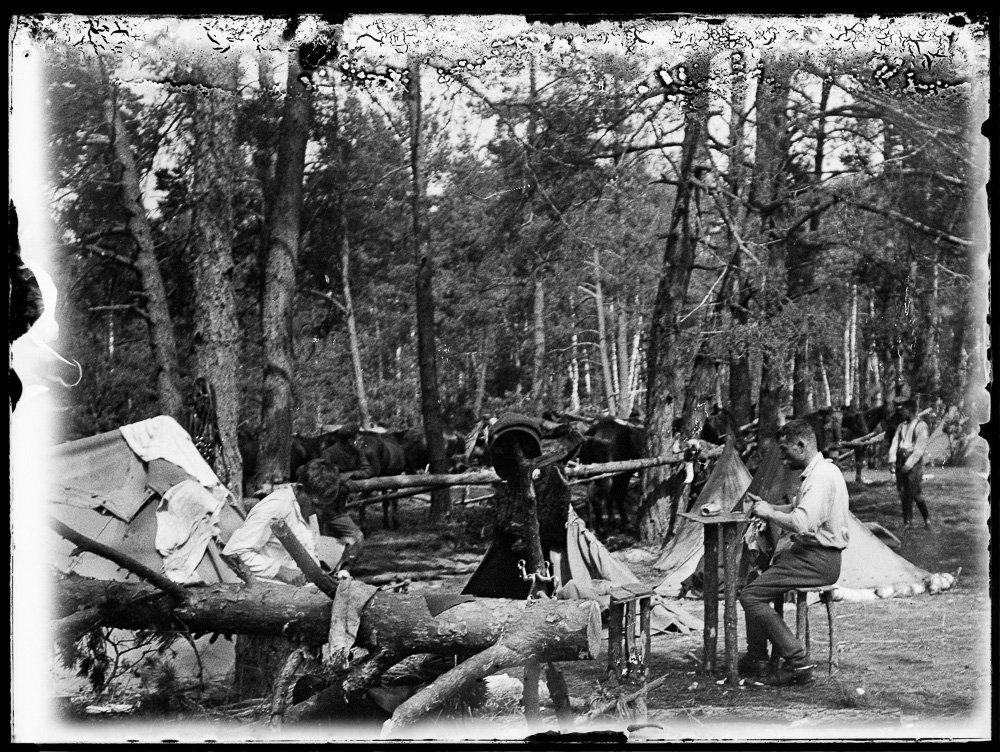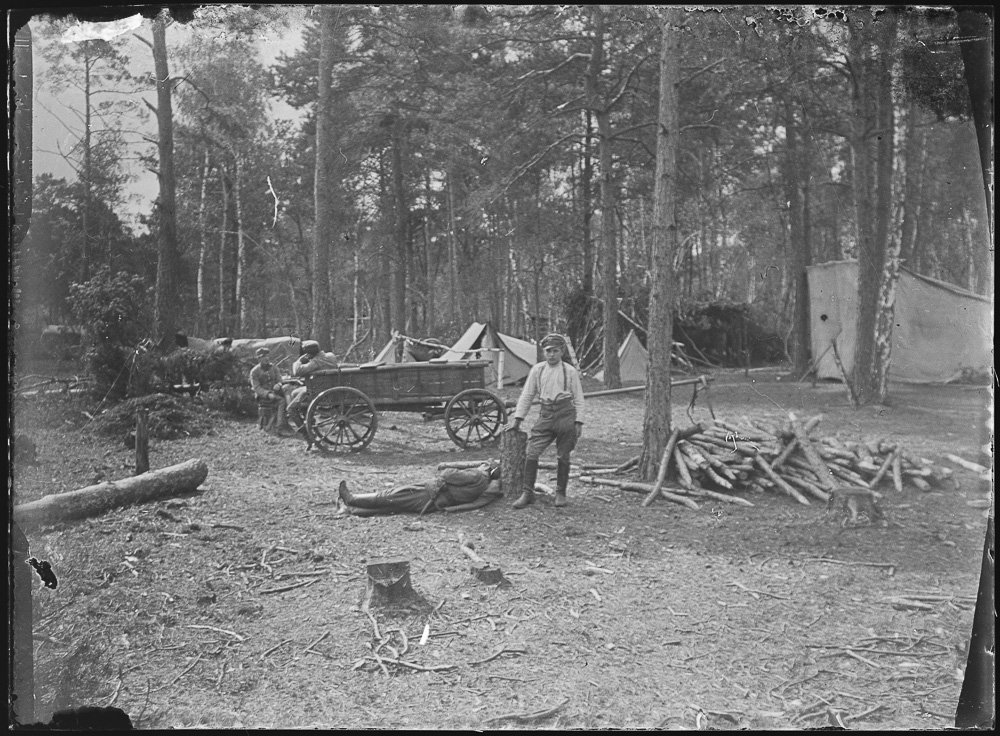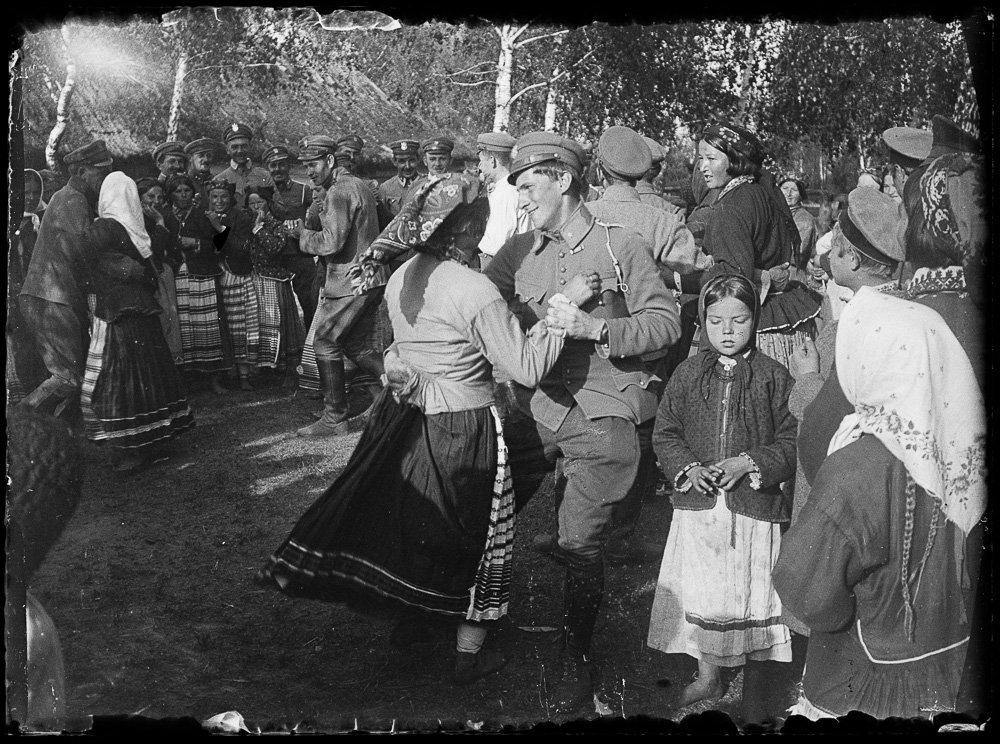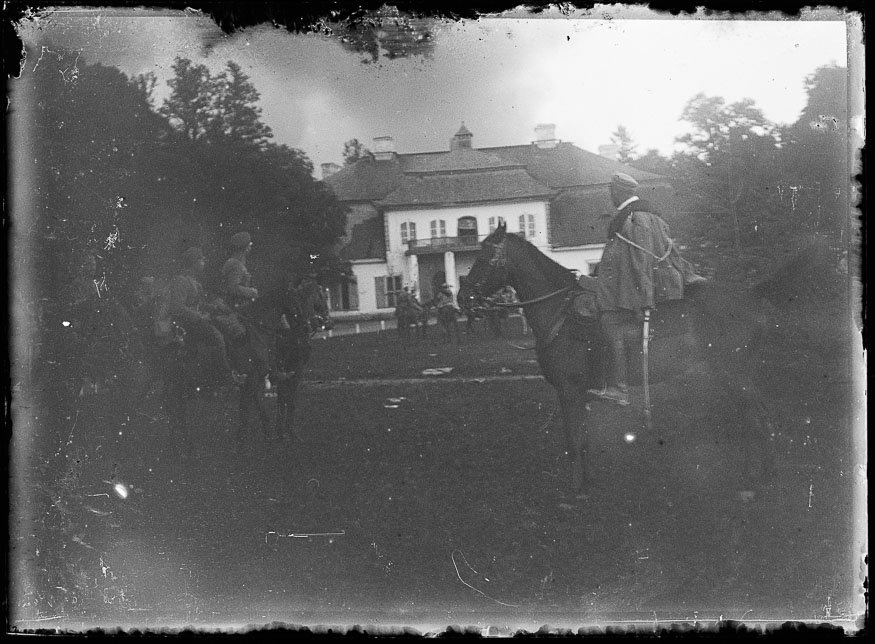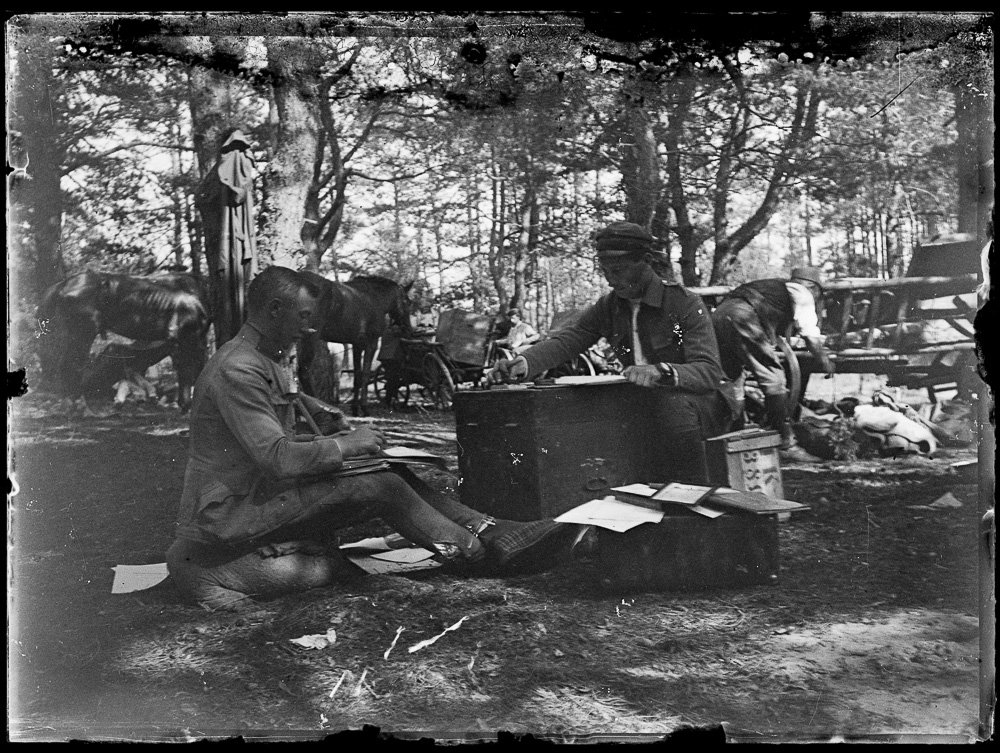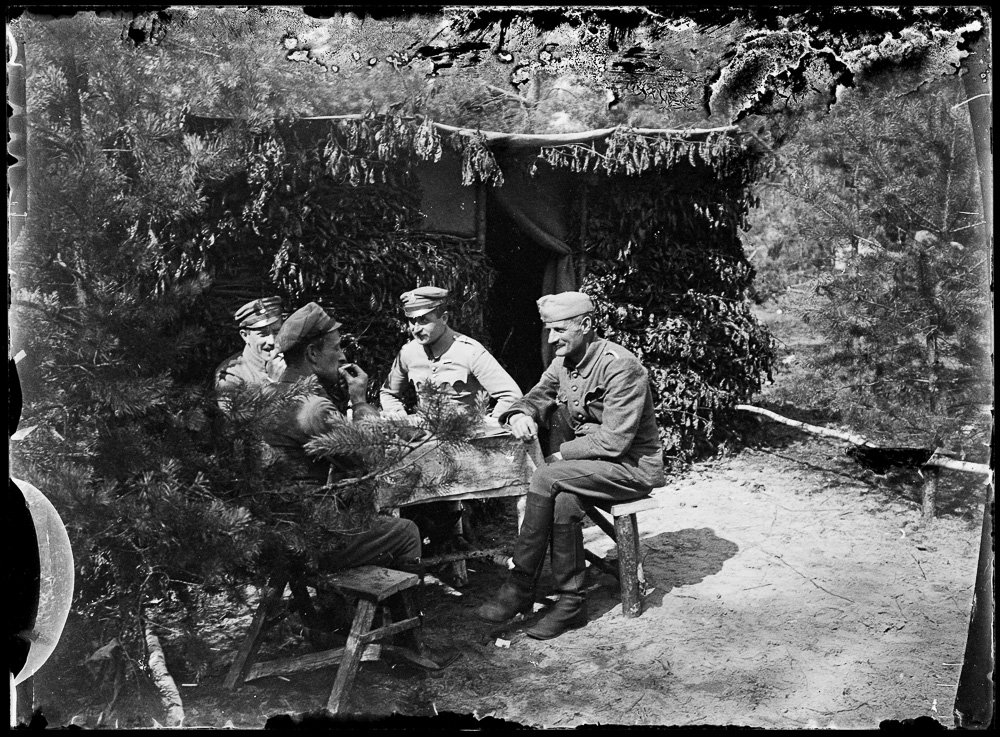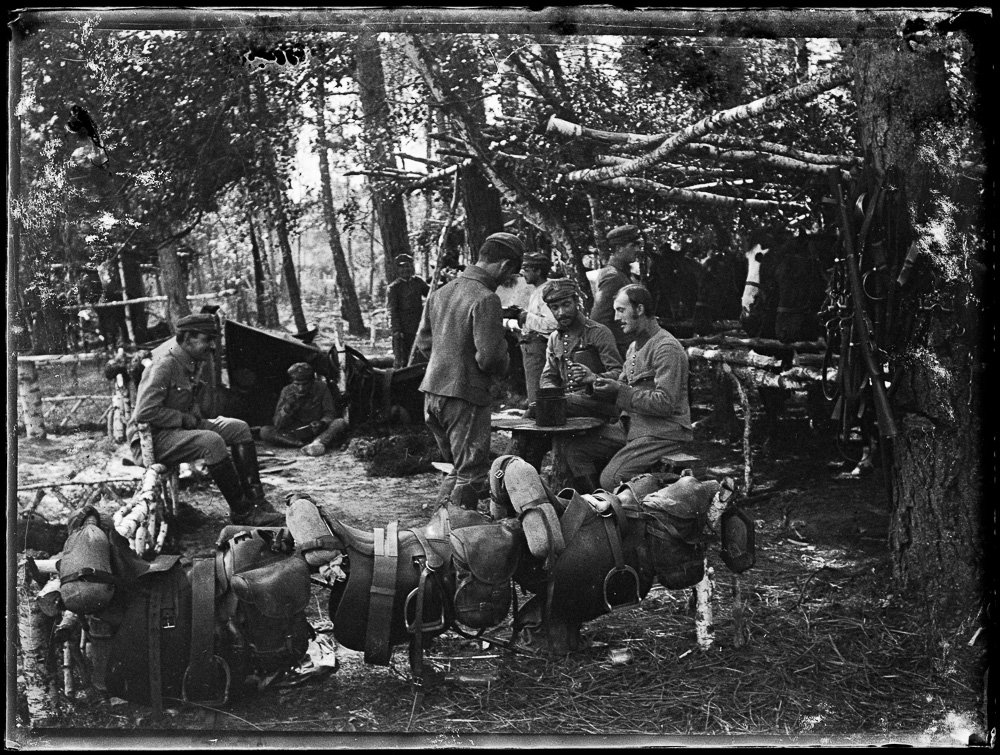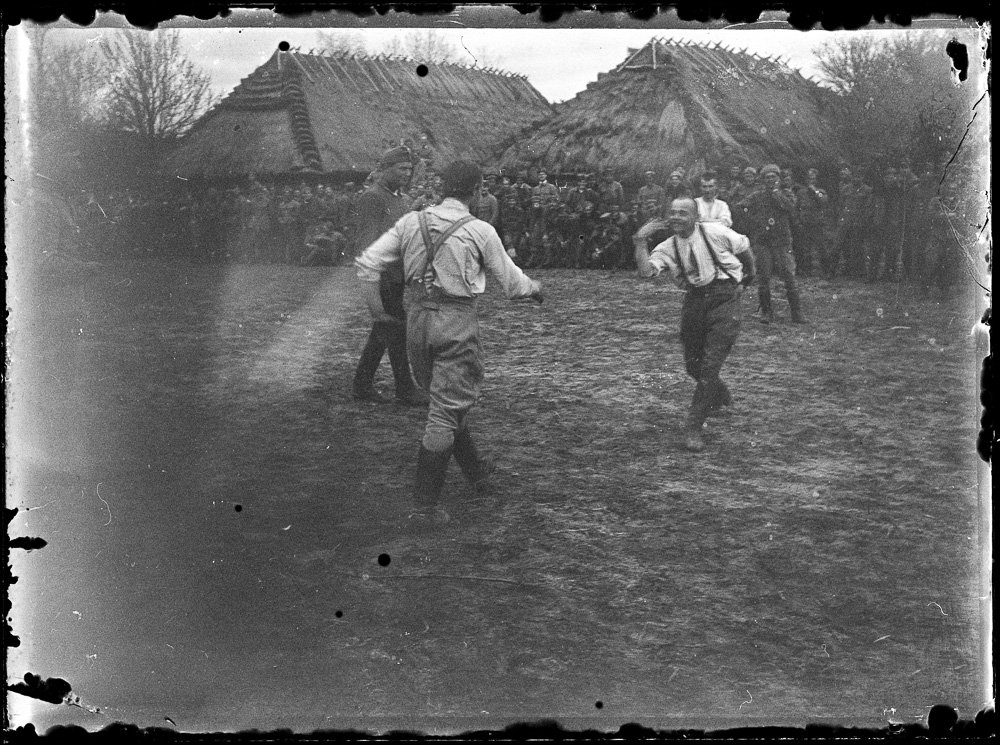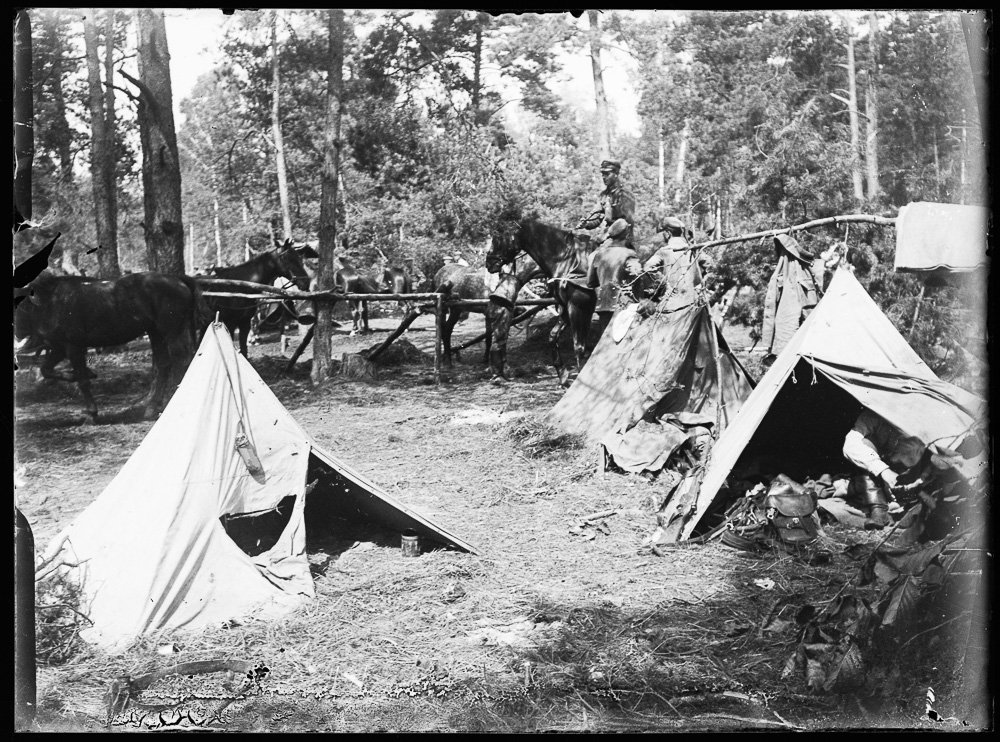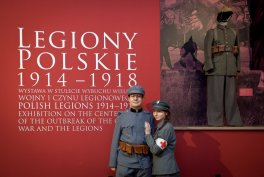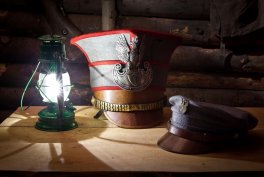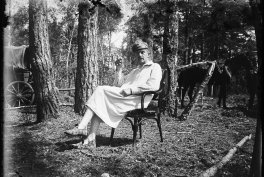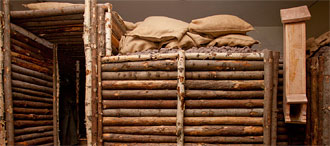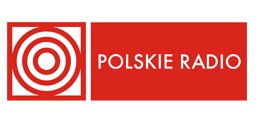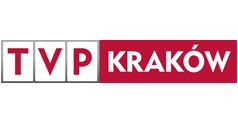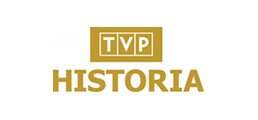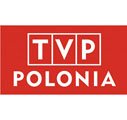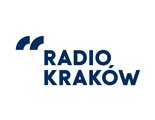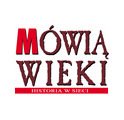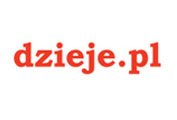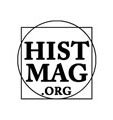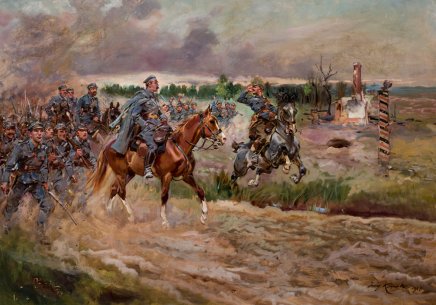
Exhibition on the centenary of the outbreak of the Great War and the Legions.
On 6 August 2014, on the centenary of the march-out of the First Cadre Company, an exhibition commemorating the Polish Legions was opened in the Main Building of the National Museum in Krakow.
The Legion art collection of the Museum is one of the largest. In 1920, the Supreme National Committee made a contribution to the collection, including the works accumulated during World War I created by artists who served in the Legions. Another source were donations from private collectors made during and after the War. The immense collection of hundreds of drawings, watercolours, phaleristic items, as well as uniforms, ammunition and armoury, will be displayed in Krakow for the first time in over 20 years.
An introduction to the history of the Polish Legions in the general picture of the Great War. The exhibition includes examples of uniforms, armoury and equipment used by the German, Austro-Hungarian, Russian and French armies. A special multimedia app will enable visitors to browse through the Great War atlas (the original version will also be displayed at the exhibition) published in Germany every week from 1914 to 1918. In the app, it will be possible to track the front-line situation day by day.
The invading armies called up around 2 million Polish soldiers. The largest number, over 200,000, were drafted into the Austro-Hungarian army. The fight and front-line life are illustrated in photographs from a commemorative album of the 16th Rifle Regiment of Krakow formed in 1916-1917 at the Eastern front-line.
The story of the Polish Legions begins with memorabilia relating to the formation of the First Cadre Company in the Oleandry area of Krakow, which is in close proximity to the Main Building of the National Museum in Krakow. The formation of the Polish Legions, fighting next to the Austro-Hungarian army against Russia, was possible thanks to the actions of the Supreme National Committee created on 16 August 1914 in Krakow, which served as political and organisational support for the Legions. The exhibition features a chest of the Western Legion management containing publications prepared by the Committee. The income from their sale helped finance the Legions supplies. Note that it was a voluntary formation.
The battlefields are illustrated in situational sketches and portraits made in free time by artists serving in the Legions: Leopold Gottlieb, Stanisław Janowski, Leon Czechowski, Henryk Kunzek, Karol Maszkowski, Zygmunt Rozwadowski, Wincenty Wodzinowski, Józef Świrysz-Ryszkiewicz, Franciszek Jaźwiecki and Edward Rydz-Śmigły. Most of the paintings and carvings are portraits of legionnaires and images of their battlefields.
They also present design drawings of uniforms for the Polish Legion uhlans by Stefan Filipkiewicz, and designs of commemorative badges and their executions by Antoni Procajłowicz.
The exhibition also features caricatures by Kazimierz Kostynowicz, a set of front-line photographs made between 1914-1918 by Stanisław Janowski and grey uniforms of the Polish Legions.
prepared by Katarzyna Bik
• See also: Leguny. Legionnaires exhibitions on the centenary of the legions
Honorary Patronage of the President of the Republic of Poland Bronisław Komorowski of the Legion Act of Independence centenary celebrations.
The exhibition is displayed as part of the centenary celebrations of the outbreak of World War I and the Legion Act of Independence in the Małopolska province.
Curator: Piotr Wilkosz
Exhibition design: Rafał Bartkowicz
Coordinator: Bogusław Ruśnica
Organiser: the National Museum in Cracow in cooperation with the Governor of the Małopolska Province
Financial support: the Chancellery of the Prime Minister, the Małopolska Provincial Office, Centrum Nowoczesnych Technologii S.A.
Patron: the National Museum in Krakow – Co-funded by PZU SA preventive fund
Polish Legions, Legions, exhibition, national museum krakow, Main Building, The Great War
MNK The Main Building
al. 3 Maja 1 “Arms and Uniforms in Poland” Gallery- Monday: closed
- Tuesday - Sunday: 10.00-18.00
